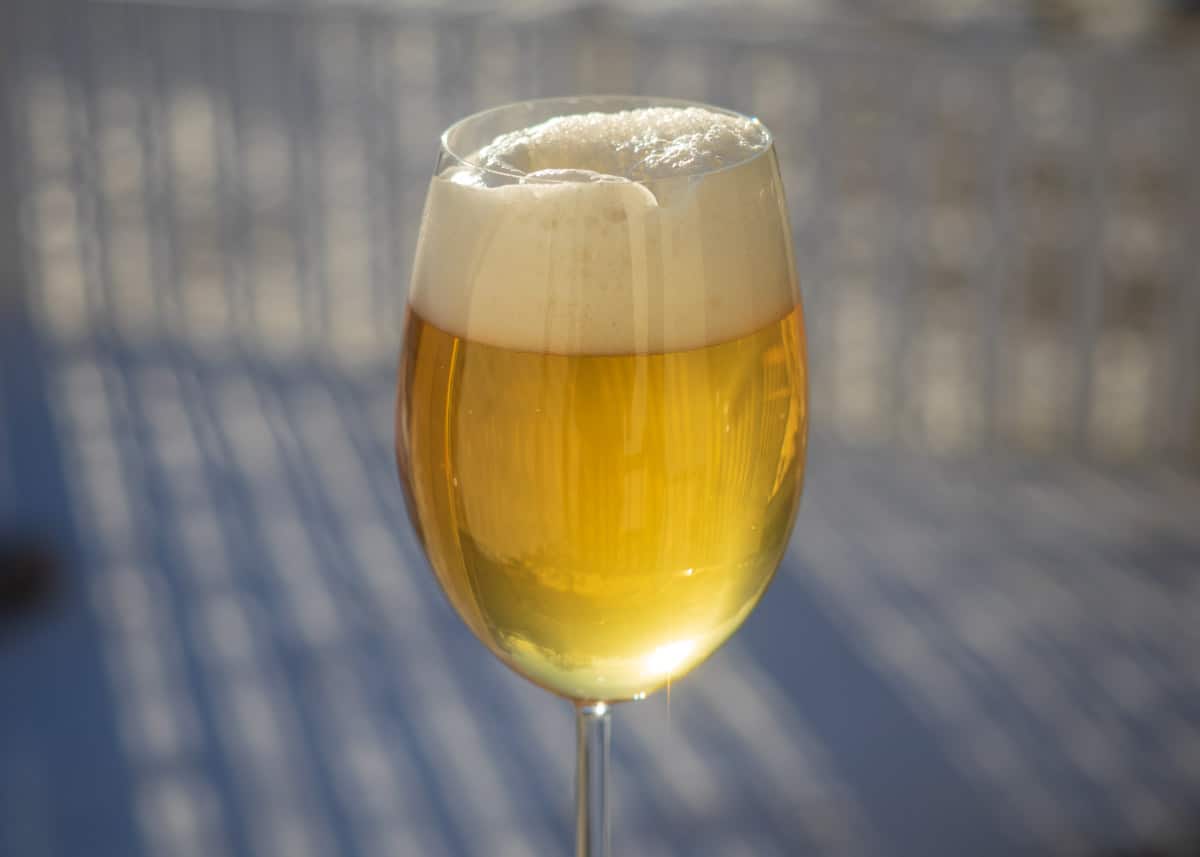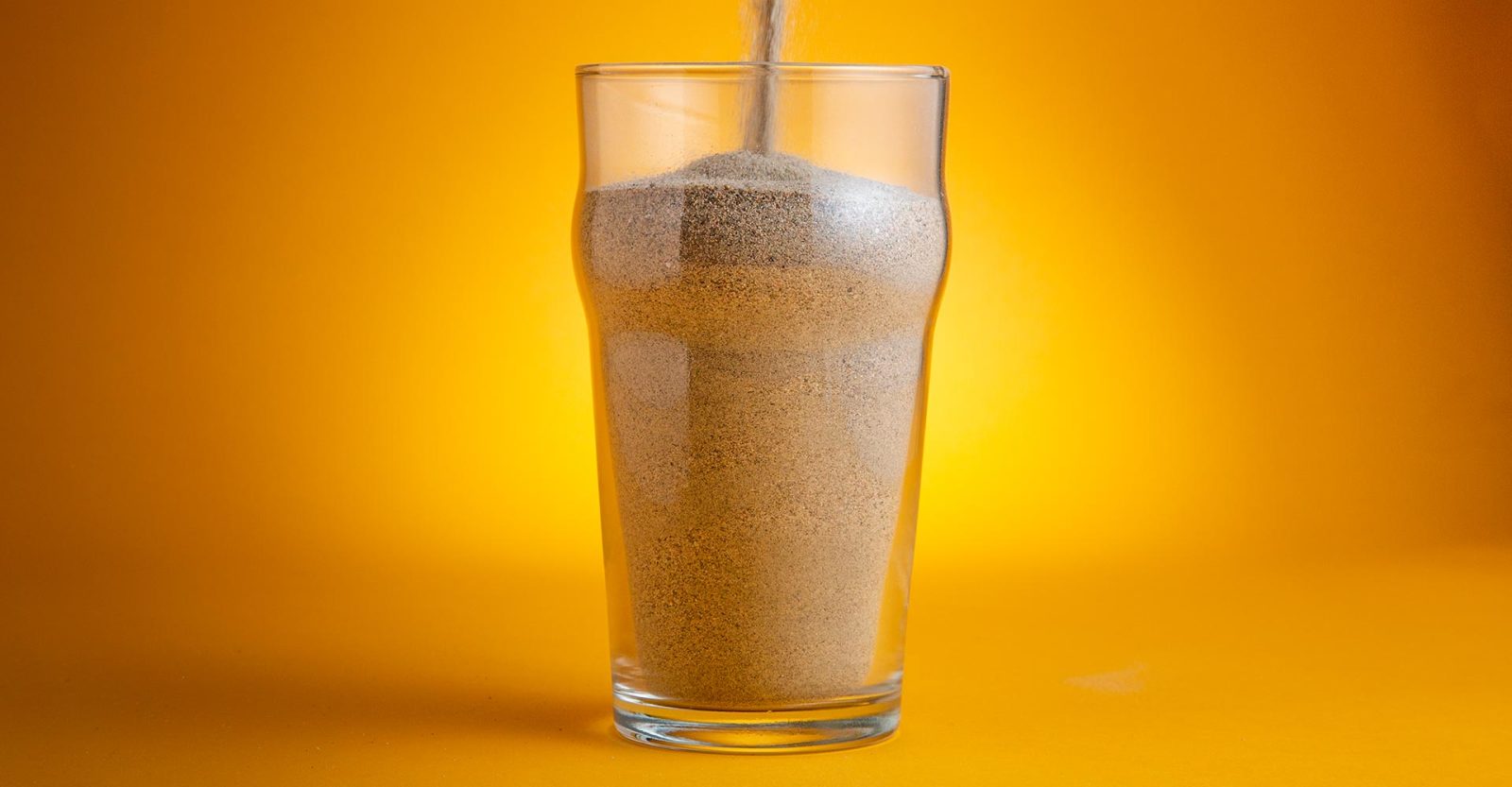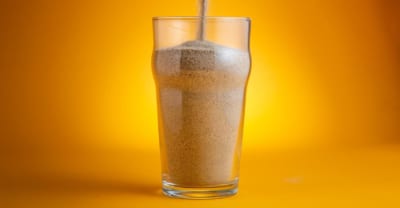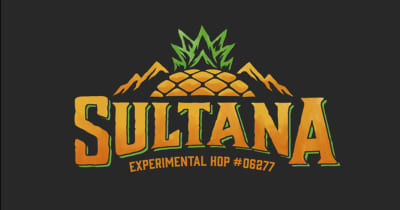If you’re searching for how to brew a beer with a champagne-like, dry, and hoppy, Brut IPA is a niche style of beer matching your desire.
What is a Brut IPA?
The first Brut IPA was brewed by Kim Steravant in 2017 in San Francisco. It is a sort of ultra-dry version of American IPA. Brut IPA is a beer style honoring characteristics from one of the world’s best-loved sparkling wines – Champagne. “Brut” is one of the driest forms of champagne wine, and heavily influences the conventions of this modern IPA; pale in colour, dry finish and highly aromatic. Residual sugars, malt character and complexity are not desired but an extra dry finish is complimented with a highly intense aroma, derived from significant late and dry hop additions whilst minimizing bitterness. The key and defining character of the Brut IPA is full attenuation. The optimal alcohol volume is in a narrow range of 6 – 6.5% ABV (if it reaches over 7% ABV, this could lead to the sweetness which we do not expect).
The important key which make a successful Brut IPA
-
Use enzymes to achieve a dry finish
-
Get a nice amount of hop aroma and flavor (but not a ton of bitterness)
-
Keep the alcohol ≤ 7% ABV
-
Make sure it’s really bubbly (It mean make sure your beer has 3.0 – 4.0 volumes of CO2)
How to brew a batch of Brut IPA?
Mashing:
-
Ingredients: Brut IPA should be pale and dry. Thus, they usually brew with a pale base malt (for instance: Pilsner, Pale Ale, Extra premium pale Pilsner,..), add some rice, corn, or sugar.
-
Mash temp: it makes sense to use a lower mash temp. Normally, shoot for 62 – 64 0C (approximately 143 – 146 0F) in 90 minute.
Hops:
-
As far as variety goes, it’s up to you. However, the tropical flavor is the most signature flavor of Brut IPA.
-
Remember that too much bitterness is bad. This also means most of the hops are going into the whirlpool and dry hop additions. On the other hand, a small boil addition is ok. The bitterness of beer should be around 20 – 25 EBC.
Yeast:
-
Use a clean ale strain (you also have to add enzyme amyloglucosidase). This method is quite complicated.
-
Fermentis has an interesting product that they recently released known as SafBrew DA – 16. It’s a yeast strain packaged with glucosidase.
Packaging and Carbonation:
-
It’s worth noting that the amount of carbonation in a beer can play a big part in how sweet or dry the beer is perceived. The optimal carbonation volume in beer is about 3 – 4 %.
-
You should not ferment Brut IPA in bottles/kegs to ensure safe conditions. In the case you have no choice, make sure you select high-quality bottles that can handle the pressure.
Nguồn: https://bisonbrew.com/how-to-brew-brut-ipa/







